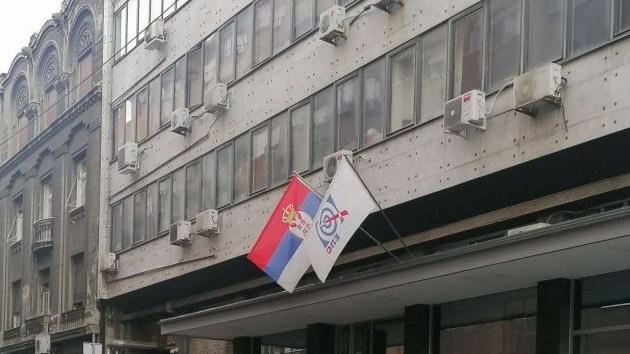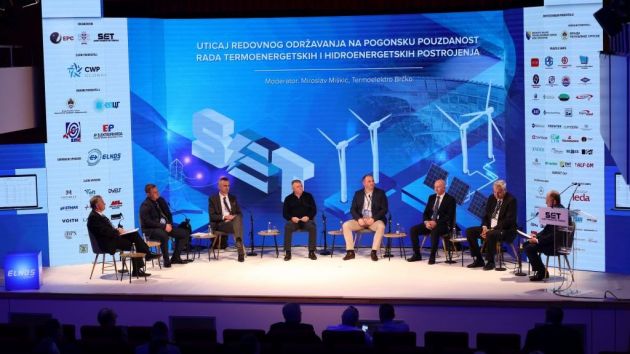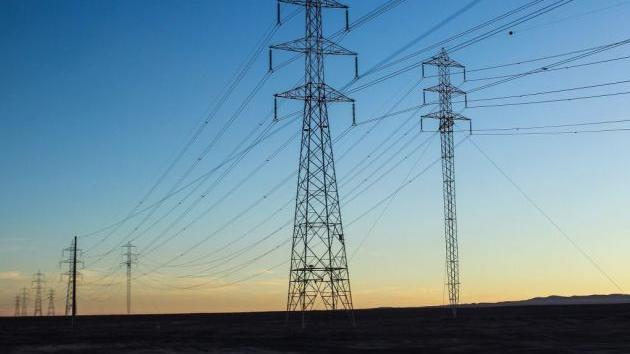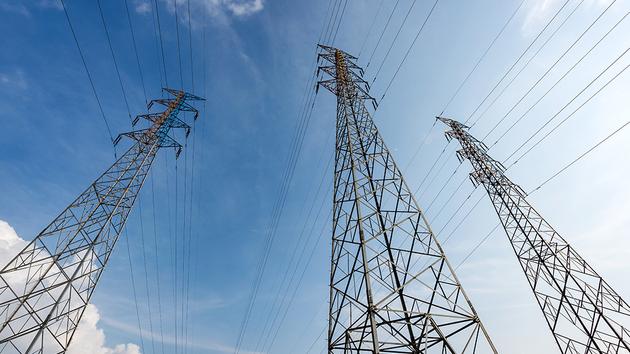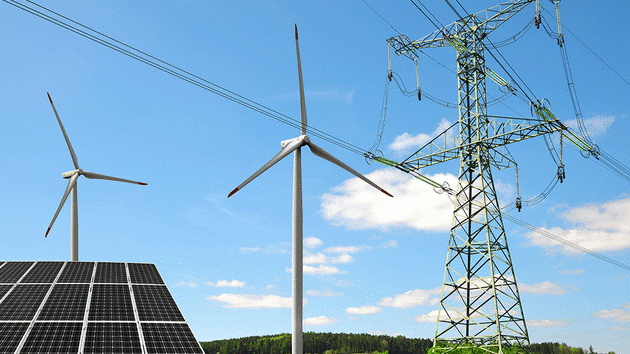Serbia Spends Eight Times More on Import of Electricity in First Two Months Than Last Year – Are Hydro Power Plants the Solution?
HPP Bajina Basta (Photo: Print screen / ABB video)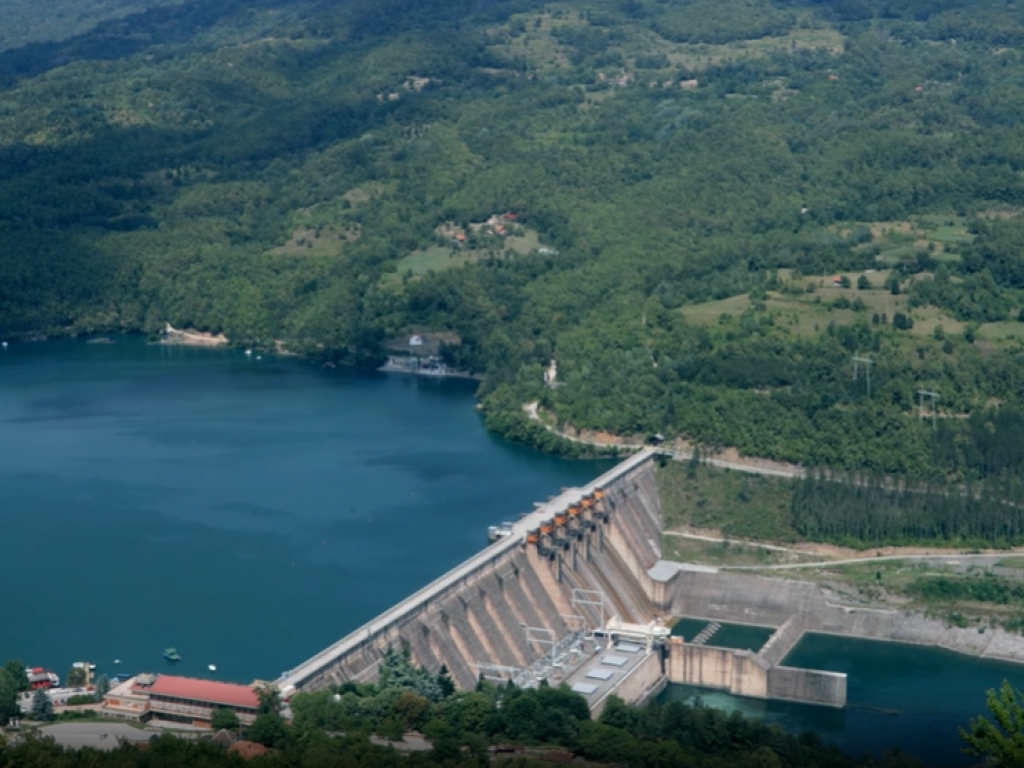

The hydro sector and reversible power plants are crucial to maintaining energy security, and one such power plant is located on the Drina, on Lake Perucac.
The Reversible HPP Bajina Basta was put into operation in 1982 and is still the only such HPP in our country. It is part of the unit of the Drina-Lim power plant, which, with its annual production of 3,300 GWh, comprises around 10% of the total production of electricity in Serbia.
In addition to producing electricity, these HPPs can also store surplus power, which is of great importance in times of crisis, when we are turning more and more to renewable energy sources.
Ivan Bozic, a professor at the Faculty of Mechanical Engineering, notes that it not only serves to compensate for the energy, but also to cover all the surplus coming from solar energy or wind.
– The wind doesn’t know whether it’s day or night, it blows, and when we have wind energy, but not the consumption to cover it, reversible hydro power plants are crucial and they pump water into the upper accumulation. And when it comes to renewable energy sources, the purpose of reversible hydro power plants is precisely to even out those production surpluses and imbalanced forms of production from wind and solar energy – says professor Bozic.
The construction of more such hydro power plants, Bistrica and Djerdap 3, has been postponed for four decades now, and the energy crisis has made these projects current again. Bistrica is somewhat closer to realization.
– The HPP Bistrica has been given priority over Djerdap 3, and the installed capacity of Bistrica would be around 600 megawatts, whereby there are around four generators of 160 MW in the turbine regime and another four in the pump regime. And when you pump in another 600 MW, it’s a great contribution to the electrical energy system – Bozic notes.
Mihajlovic: We will be producing enough electricity in two years
Experts claim that the import of electricity would be much lower now if these HPPs had been built earlier and that we would be able to produce all the electricity we need from them. The Ministry of Energy projects that things will be so in less than two years.
– Based on everything we’re doing and preparing now, we should be able to have 100% power generation in Serbia in the winter of 2023/24. Not importing anything and even thinking about exporting – said the minister of energy of Serbia, Zorana Mihajlovic.
While waiting to be able to export, Serbia is paying dearly for the mistakes made within the energy system so far. According to minister Mihajlovic, by the end of the year, we will spend around EUR 1 billion on the import of electricity.
Tags:
TPP Nikola Tesla
TPP Bajina Bašta
Drina Lim power plants
Ivan Božić
Zorana Mihajlović
Perućac
Drina
Bistrica
Djerdap 3
import of electricity
Makroekonomske analize i trendovi
energy crisis
hydro power plants
hydro sector
reversible hydro power plants
energy security
electricity storage
Comments
Your comment
Most Important News
Full information is available only to commercial users-subscribers and it is necessary to log in.
Follow the news, tenders, grants, legal regulations and reports on our portal.
Registracija na eKapiji vam omogućava pristup potpunim informacijama i dnevnom biltenu
Naš dnevni ekonomski bilten će stizati na vašu mejl adresu krajem svakog radnog dana. Bilteni su personalizovani prema interesovanjima svakog korisnika zasebno,
uz konsultacije sa našim ekspertima.


 Izdanje Srbija
Izdanje Srbija Serbische Ausgabe
Serbische Ausgabe Izdanje BiH
Izdanje BiH Izdanje Crna Gora
Izdanje Crna Gora


 News
News










